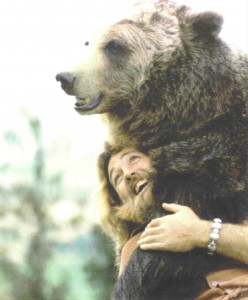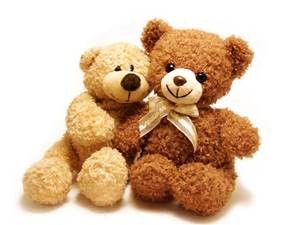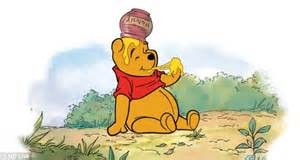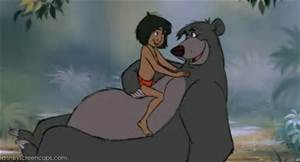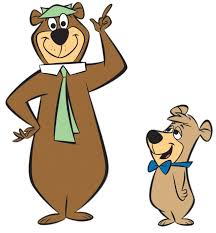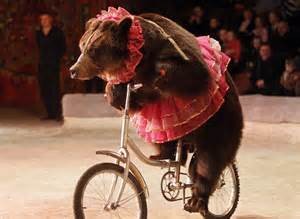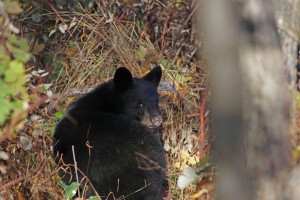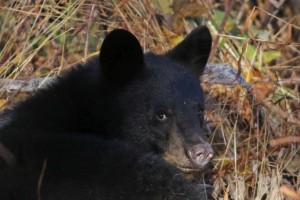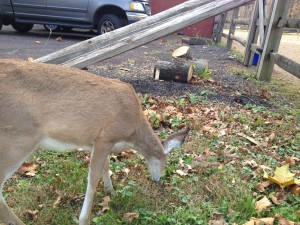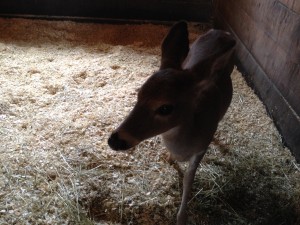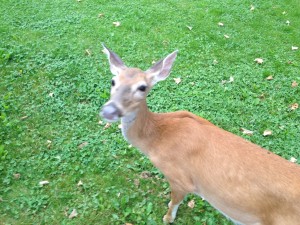In Sterba’s chapter Teddies, we learn about how wild beasts once feared by the settlers and Native Americans took on an image as cuddly, friendly creatures. Sterba explains the phenomenon by discussing its occurrence in Europe, “Long before the modern era, however, bears had taken their unique place in European cultural mythology. Extirpated from most of Europe for centuries, they became the subjects of stories, folktales, and books, often portrayed as cute, even cuddly, and almost human. Later, in films and on television, they could be shown to behave like people. As real wild bears receded from memory, anthropomorphized bears took their place” (466-467). In this chapter Sterba mentions a number of examples of how this has occurred in our society. Here are some of the mentioned examples below:
<a href="http://sites.lafayette.edu/evst254-fa15/files/2015/10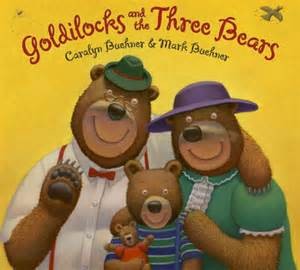
At the end of the chapter he brings this issue back up and connects it to our “denaturing”. “In our minds, we have always given animals human traits. We romanticize and sentimentalize them as members of the animal kingdom to which we belong. Children grow up surrounded by images of wild animals presented as furry or feathery little people like them. We learn from our pets how some animals live and then mistakenly project that knowledge onto wild creatures living a much different reality. In the past, however, people had enough direct experience in the natural world to to sort sentiment from reality. Not so today. Today’s denatured adults often continue to see bears and other wild animals the way they did as children without the corrective lens of direct experience” (185).

